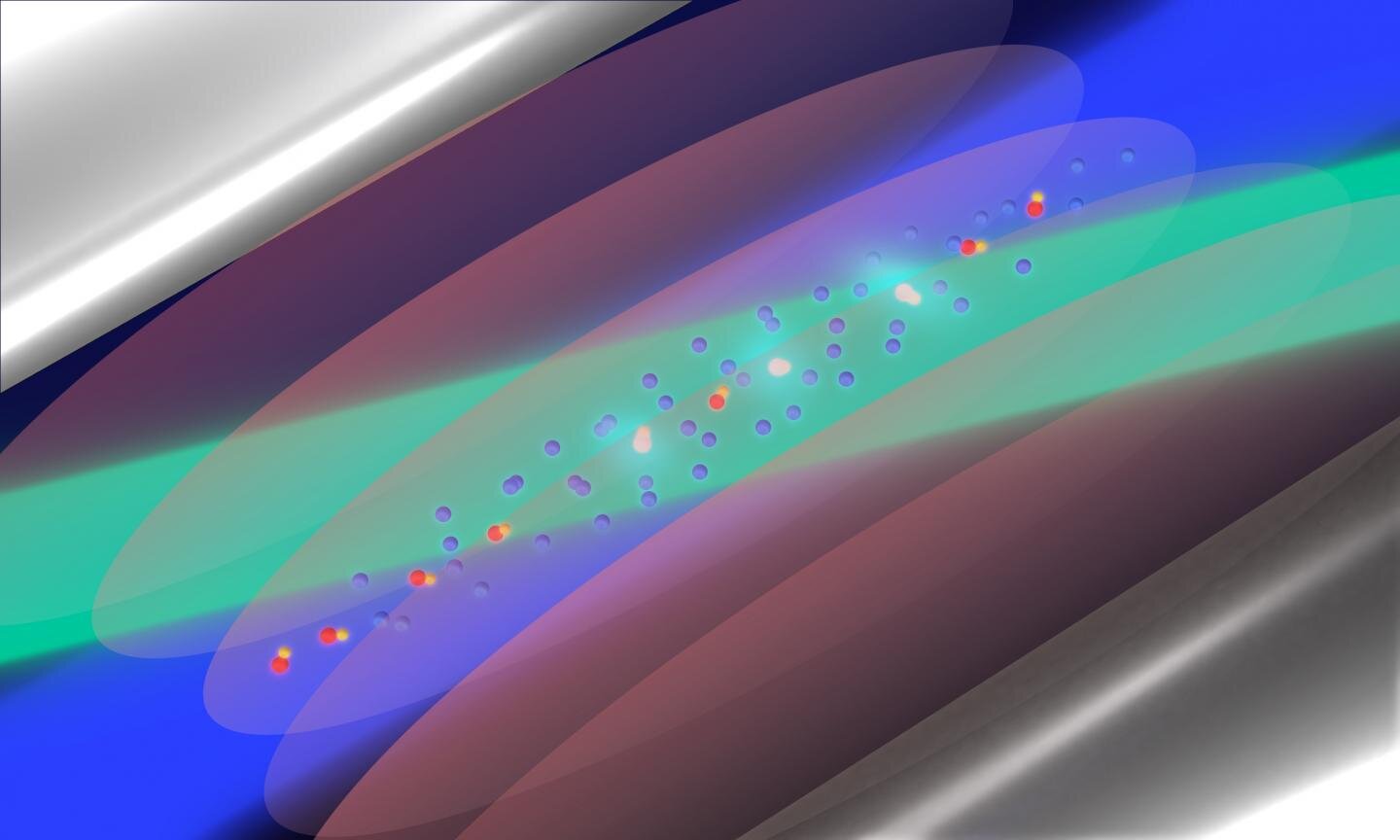To measure small differences in time, you need a really tiny clock, and researchers in Germany have discovered the smallest known clock: a single hydrogen molecule. Using the travel of light across the length of that molecule, those scientists have measured the smallest interval of time ever: 247 zeptoseconds. Don’t know what a “zepto” is? Read on…
When a bit of light, called a photon, hits an atom with enough energy, it can kick the electron out of that atom and send it flying. When we carefully set up this situation in a laboratory, we can measure the electron shooting out of the atom and deduce when it got the big kick from the incoming photon.
With more than one electron, you can turn this arrangement into a tiny, very fast clock. The photon will hit one electron, and then the other, and by measuring the delay between outgoing electrons, we can measure the amount of time it takes for the photon to travel from one electron to the other within the molecule.
For years scientists have been building various atomic contraptions to do exactly this, finding smaller and smaller clocks as they go. Recently, a team at Goethe University in Germany managed to accomplish this with only a single hydrogen molecule (H2): two protons sharing two electrons.
Using an X-ray beam at Deutsches Elektronen-Synchrotron (DESY), a particle accelerator in Hamburg, the team observed the slight differences in timing when the two electrons raced out of the molecule when shot with the X-rays, as reported in the October issue of Science.
From there, they could calculate the time it took for the X-ray photons to make the jump from one end of the molecule to the other. And that time difference amounted to barely anything at all: 247 zeptoseconds. One zeptosecond is a trillionth of a billionth of a second.
If you want that written out (and I know you do), that looks like this: 0.000000000000000000247 seconds.
It’s a new world record for the shortest time interval ever recorded, and further work in this field helps us understand the detailed structures of molecules and their relationship to incoming photons, which has applications everywhere from chemistry to nuclear power.

